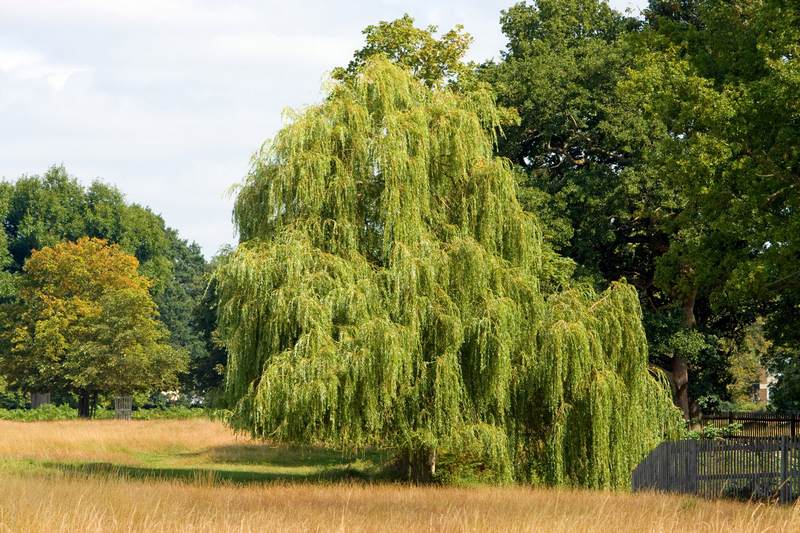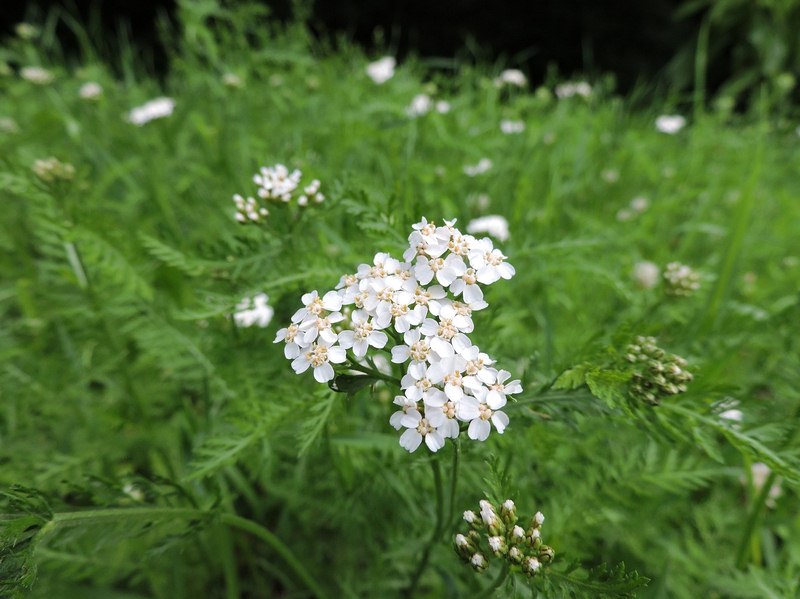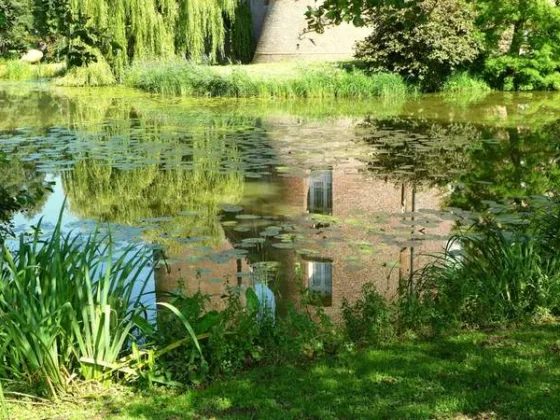Understand why stream bank erosion is a concern and choose streamside plants that will help control bank erosion.
Streams are sensitive ecosystems. Urban streams, in particular, are under threat. Paved surfaces help water move very quickly from the pavement to the stream, so when it begins to rain in an urban area the water moves very rapidly into streams, causing flooding and erosion.
Erosion is also a concern in areas where plants have been removed from the stream banks. Planting along the banks of a creek can help keep the soil intact.

Read Also:
Erosion Control is Important for Stream Animals
Why is streamside erosion a concern? Erosion means that the soil on the stream bank is moving into the water. This is a concern for aquatic life because the animals that live in the creek usually breathe through gills.
Sensitive gills can be damaged by rough soil. Animals that lay their eggs in the creek can also have their eggs smothered by extra soil. Nutrients from the soil can change the nutrient levels in the creek as well, leading to algal blooms.
Erosion Control is Important for Streamside Plants
On the streamside, less soil means fewer fertile places for plants to grow. Trees and larger shrubs need a stable place to grow, and if the erosion is severe they may simply fall into the creek.
While some erosion is natural, severe erosion can eat into the land used to grow crops and can damage plantings in urban gardens that are adjacent to the creek.
The Role of Plants in Erosion Control
Streamside planting can help reduce soil erosion. The roots of plants act as a net on the soil, holding it together. Shrubs and trees also have large leaves, and these leaves catch the rain.
The rain dribbles slowly down through the forest canopy instead of pounding onto the soil, and this also reduces soil erosion.
Best Plants for Erosion Control
Look to native plants for long-lasting erosion control. In addition to native plants, willow trees (Salix spp) root very quickly and can be woven into mats and fences alongside the stream bank.
Alder (Alnus rubra) trees grow well in disturbed soil and use the bacteria on their root nodules to move nitrogen into the soil, enriching it for other plants that come after them.
Yarrow (Achillea millifolium) is a shorter flower that grows abundantly but watches for its propensity to become an invasive pest. For a gentle, less disturbed slope, look into native grasses and wildflowers that have shallow lateral roots.
Growing many of these grasses and flowers will provide some slope protection.


Watch for Invasive Stream Plants
One person’s wonder plant is another person’s nuisance. Many plants that grow well and establish quickly can easily become invasive weeds. Before you plant, take care to look at the local lists of invasive plants to ensure that streamside plantings do not take over the sensitive streamside ecology.
Plants have an important role to play in stabilizing slopes along stream banks. Instead of relying only on products like landscaping cloth, use a combination of products and plants to help maintain the soil near a stream.









